Introduction
In the vast culinary landscape of China, regional dishes offer a diverse tapestry of flavors, textures, and cooking techniques. Among these, Fenpi Rou Tang, a hearty pork and noodles soup, stands out as a comforting and nutritious meal enjoyed by many. This traditional dish, often associated with colder climates, combines tender pork, silky noodles, and a rich broth seasoned to perfection. While the exact origin of Fenpi Rou Tang might be debated, its popularity across various provinces speaks to its timeless appeal.
In this article, we will delve into the art of making Fenpi Rou Tang, breaking down each step to ensure you can recreate this delightful dish at home. From selecting the right ingredients to mastering the cooking process, we’ll cover everything you need to know to serve up a bowl of warmth and delight.
Ingredients
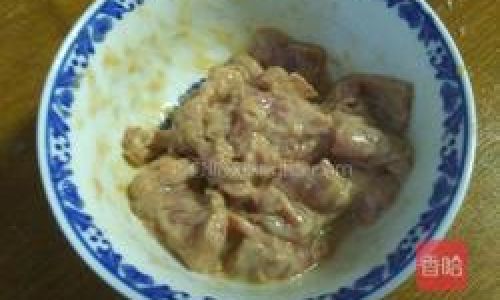
Before we begin, let’s list down the essential ingredients you’ll need:
- Pork Shoulder or Pork Belly: About 1.5 kg (3.3 pounds), preferably with some fat for added flavor.
- Dried Noodles: 200g (7 ounces), preferably thick, wide noodles like udon or egg noodles.
- Fresh Vegetables: A mix of carrots, celery, onions, and green onions.
- Aromatics: Ginger, garlic, and scallions.
- Spices and Seasonings: Star anise, cinnamon sticks, cloves, soy sauce, light soy sauce, dark soy sauce, sesame oil, salt, white pepper, and Shaoxing wine (or dry sherry as a substitute).
- Stock Ingredients: Chicken or pork bones for making the broth base.
- Garnishes: Chopped green onions, cilantro, and fried shallots (optional).
Step-by-Step Guide
Preparing the Pork
The first step in making Fenpi Rou Tang is to prepare the pork. Start by rinsing the pork shoulder or belly thoroughly under cold running water to remove any impurities. Pat it dry using paper towels.
Next, cut the pork into large, manageable pieces. This will make it easier to handle during the cooking process and also ensure even cooking.
Blanching the Pork
Blanching helps to remove excess blood and impurities, resulting in a cleaner, clearer broth. Fill a large pot with water and bring it to a rolling boil. Add the pork pieces and let them cook for about 3-4 minutes. Use a slotted spoon to remove the pork, discarding the boiling water. Rinse the pork pieces under cold water to stop the cooking process and set them aside.
Making the Broth
The soul of Fenpi Rou Tang lies in its rich, flavorful broth. Begin by preparing the bones for the broth. If using chicken or pork bones, rinse them thoroughly and pat them dry.
In a large stockpot, combine the bones with enough water to cover them by at least 2 inches. Bring the water to a boil over high heat, then reduce the heat to low and let it simmer gently for about 1-2 hours, skimming off any foam or impurities that rise to the surface.
While the bones are simmering, prepare the aromatics. Peel and slice the ginger into thick rounds, crush the garlic cloves slightly, and tie the scallions into knots. Add these aromatics to the broth along with the star anise, cinnamon sticks, and cloves. Continue simmering for another 30 minutes to allow the flavors to meld.
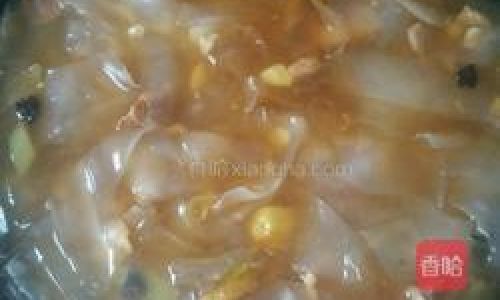
Cooking the Pork
Once the broth has developed a rich, golden color and a fragrant aroma, add the blanched pork pieces back into the pot. Pour in enough water if necessary to ensure the pork is fully submerged. Season with soy sauce, light soy sauce, dark soy sauce (for color), a splash of Shaoxing wine, and a pinch of salt. Bring the mixture to a gentle simmer.
Cover the pot with a lid and let the pork cook slowly over low heat for about 2-3 hours, or until the meat is tender and falling apart. During this time, resist the urge to stir too frequently, as this can disrupt the cooking process and break up the meat.
Preparing the Noodles
While the pork is cooking, prepare the noodles according to the package instructions. Generally, this involves boiling them in salted water until al dente. Once cooked, drain the noodles and rinse them under cold water to prevent them from sticking together. Set them aside until you’re ready to assemble the soup.
Preparing the Vegetables
Chop the carrots and celery into bite-sized pieces, and slice the onions thinly. You can also use other vegetables like radishes, potatoes, or mushrooms, depending on your preference. Set these aside.
Finishing the Broth
Once the pork is tender, taste the broth and adjust the seasoning with additional salt, pepper, or soy sauce if needed. Remove the pork pieces from the broth and let them cool slightly before shredding or slicing them into bite-sized pieces.
Strain the broth to remove the bones, aromatics, and spices. Return the strained broth to the pot and bring it back to a simmer.
Assembling the Soup
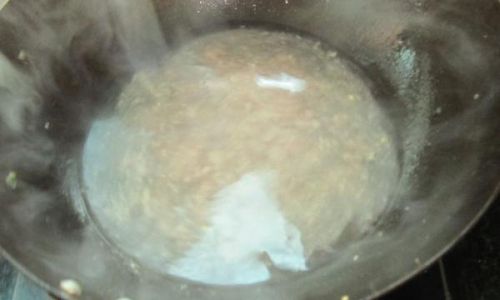
To assemble the Fenpi Rou Tang, divide the cooked noodles among serving bowls. Add a handful of shredded or sliced pork to each bowl, followed by a generous ladle of hot broth. Add the prepared vegetables to the bowls, ensuring they are submerged in the broth to wilt slightly.
Garnish with chopped green onions, cilantro, and fried shallots if using. Drizzle a little sesame oil over the top for added flavor and aroma.
Serving and Enjoying
Serve the Fenpi Rou Tang immediately while it’s hot. The combination of tender pork, silky noodles, and flavorful broth should create a harmonious and satisfying meal. Enjoy each bite, savoring the layers of flavors and textures.
Conclusion
Making Fenpi Rou Tang might seem like a labor-intensive process, but the end result is well worth the effort. This traditional dish offers a comforting blend of flavors that can warm you up on the coldest days. With its rich broth, tender pork, and silky noodles, Fenpi Rou Tang is not just a meal; it’s an experience.
By following the steps outlined in this article, you can recreate this delightful dish at home, impressing your family and friends with your culinary skills. Remember, the key to a successful Fenpi Rou Tang lies in patience and attention to detail. Take your time to prepare each ingredient and let the flavors develop naturally.
As with any culinary endeavor, feel free to experiment and adapt the recipe to your taste preferences. Whether you add more vegetables, use a different type of noodle, or tweak the seasoning, the beauty of cooking lies in its adaptability.
So, the next time you’re in the mood for a hearty and comforting meal, give Fenpi Rou Tang a try. It’s more than just a soup; it’s a journey through the flavors of China, one delicious bite after another. Enjoy!

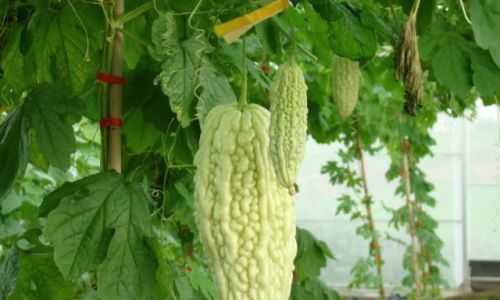

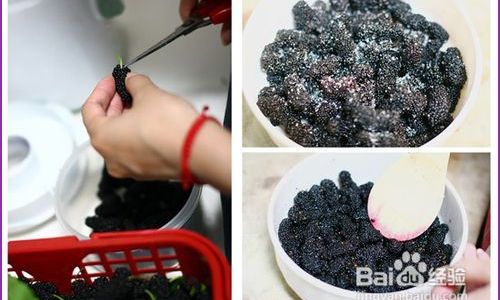
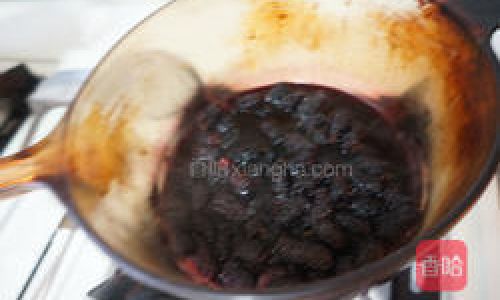
0 comments